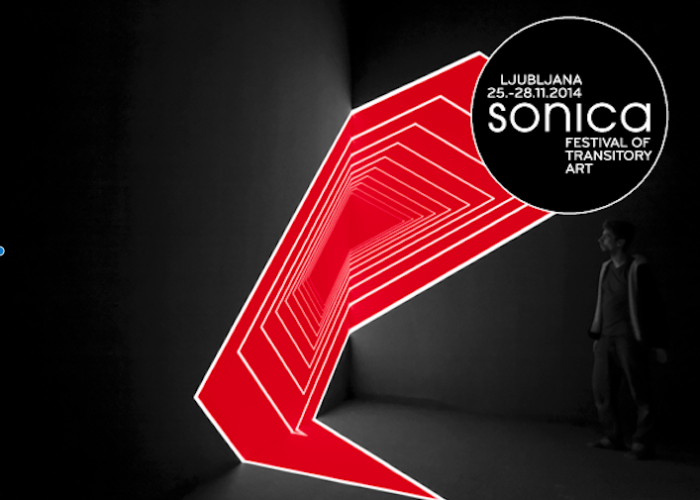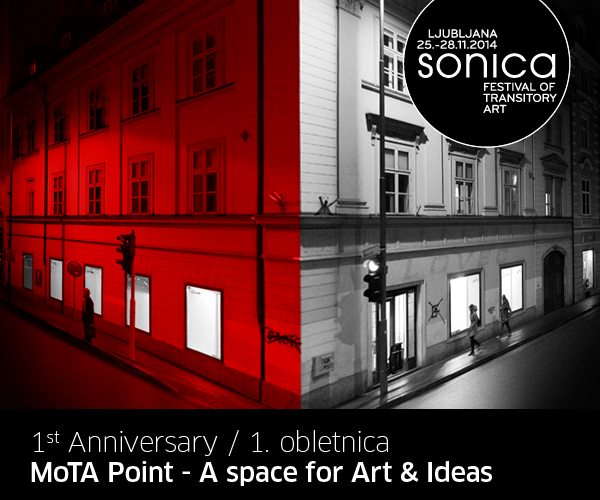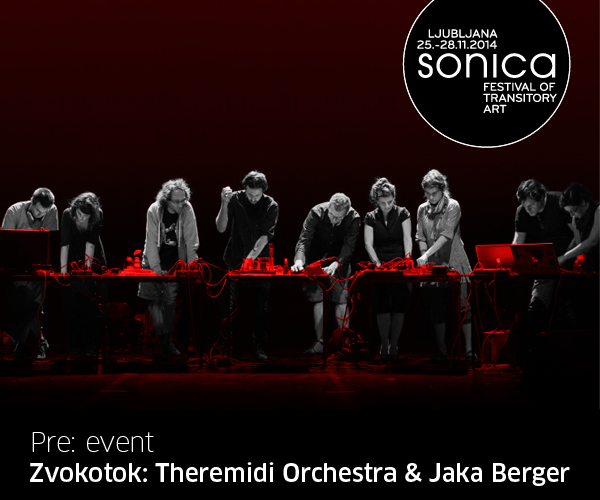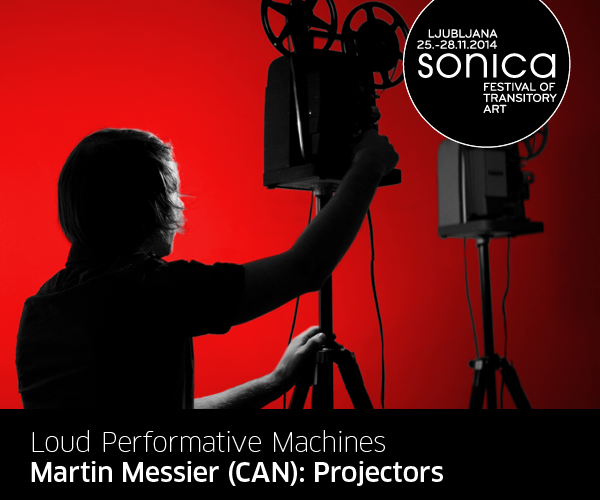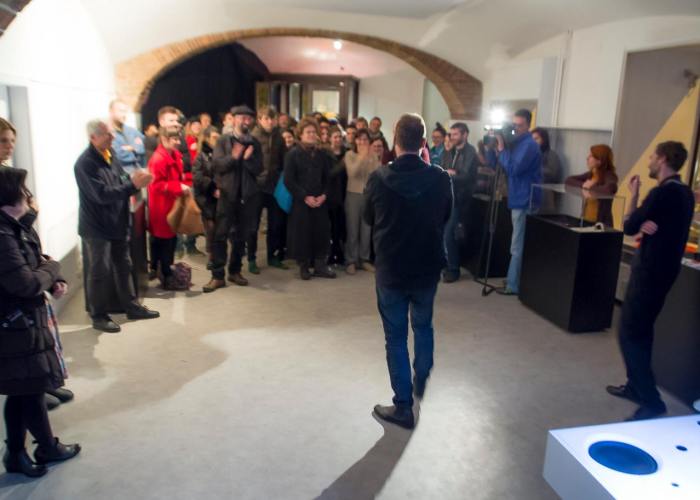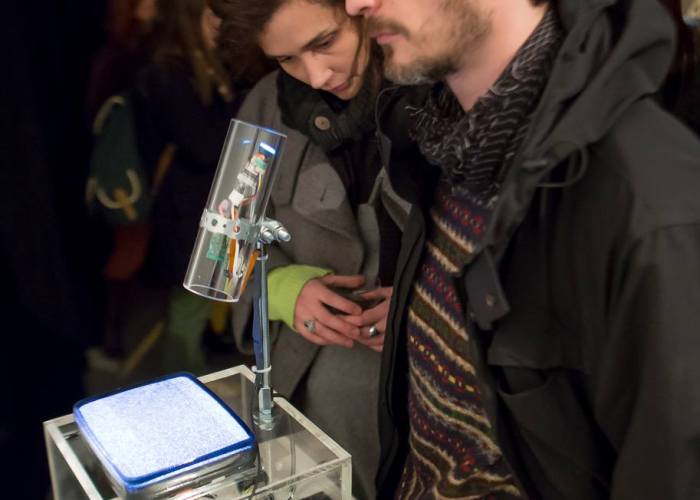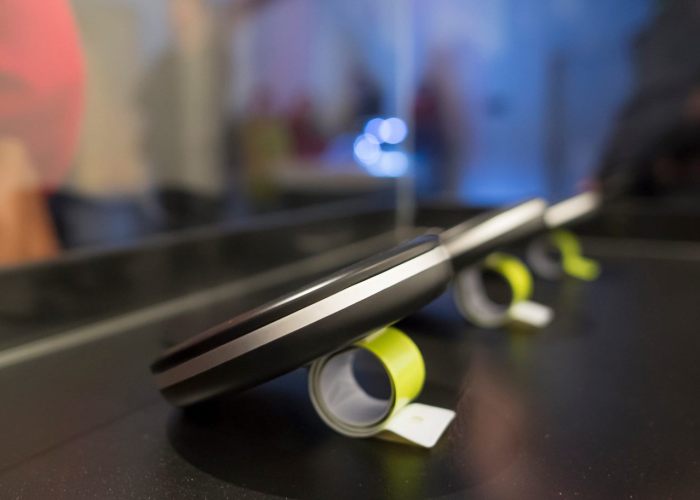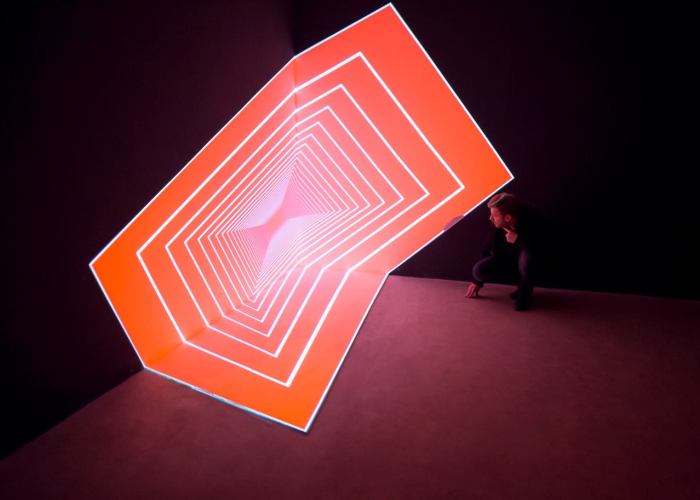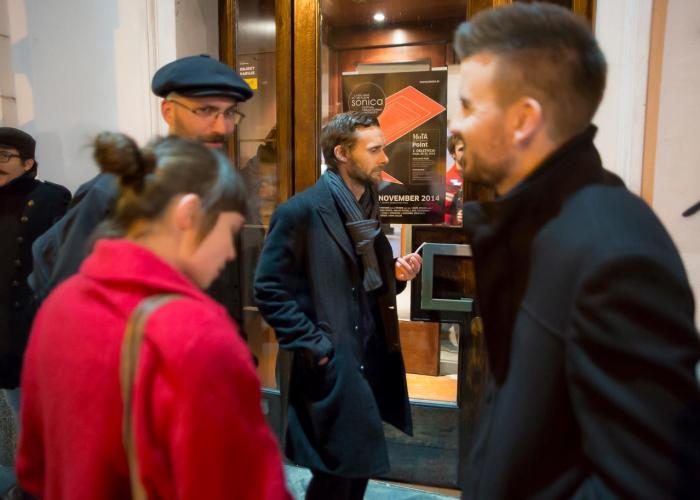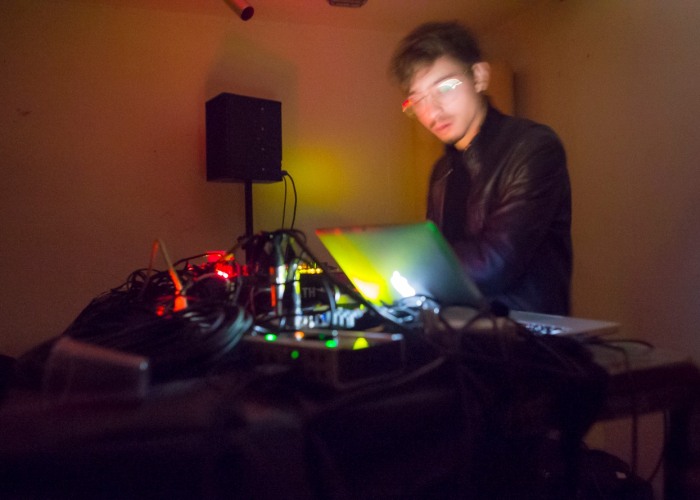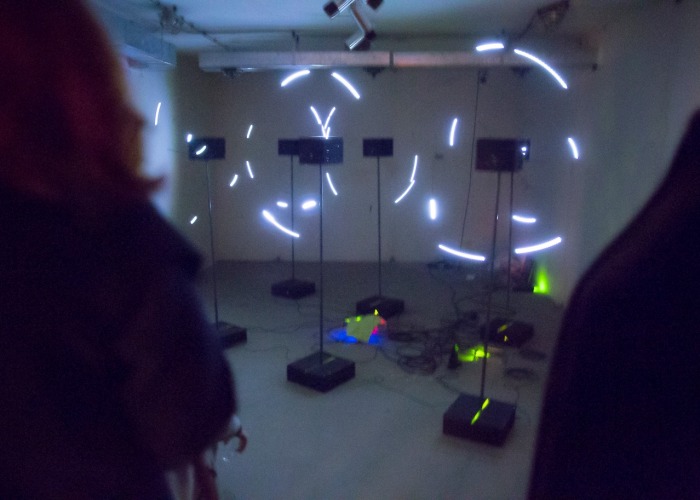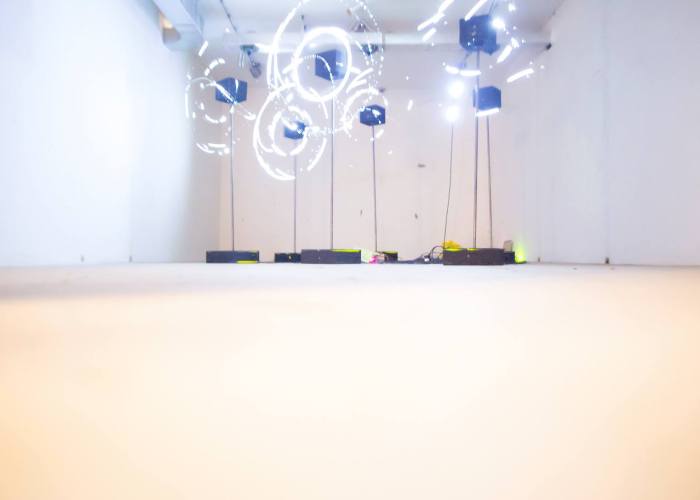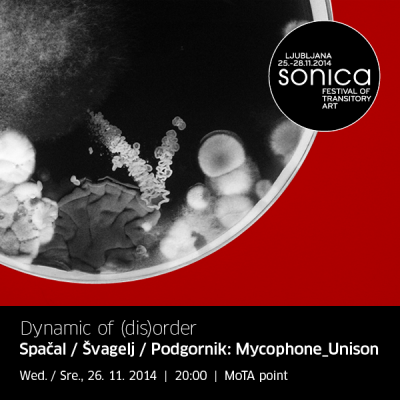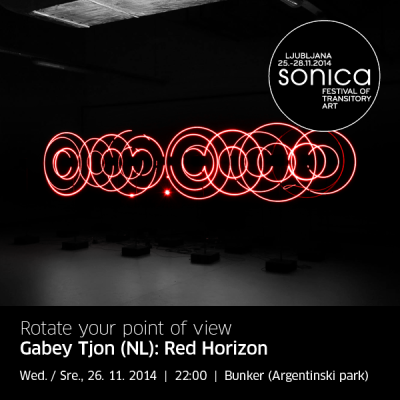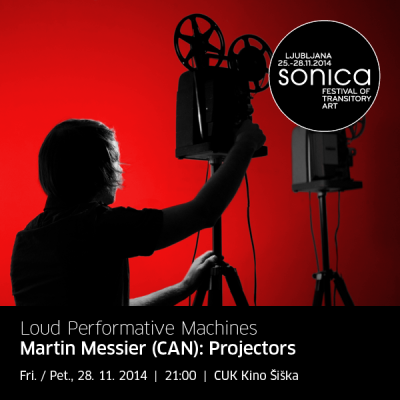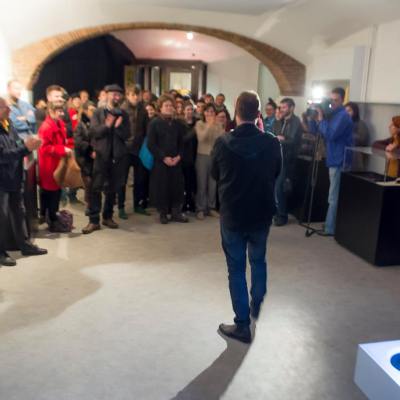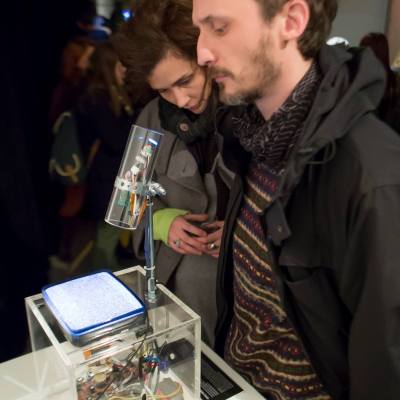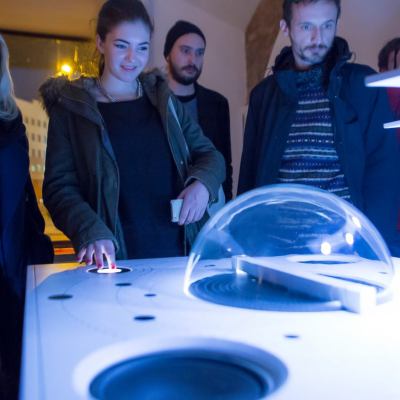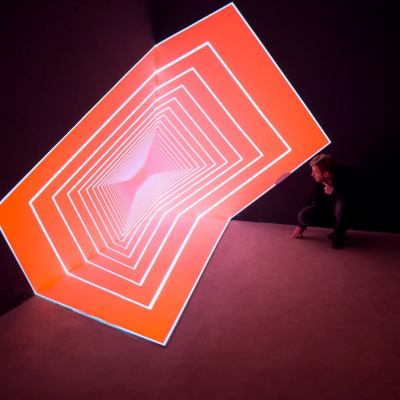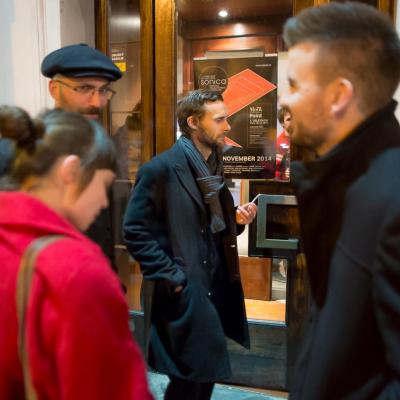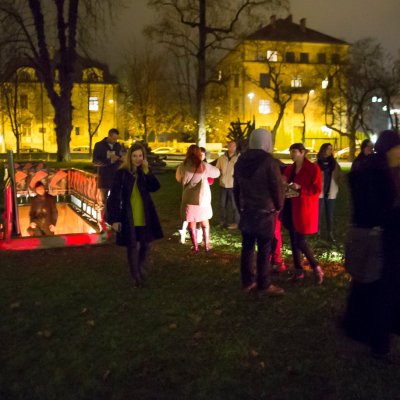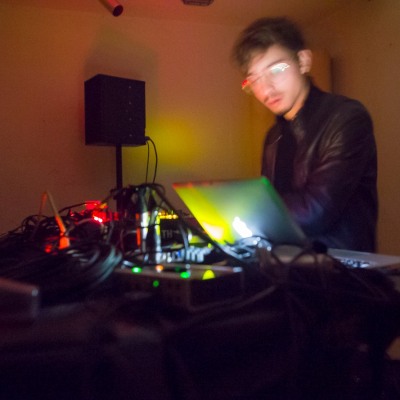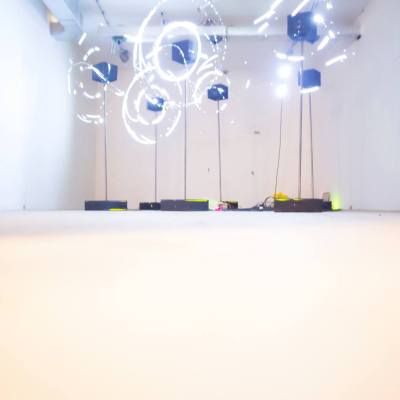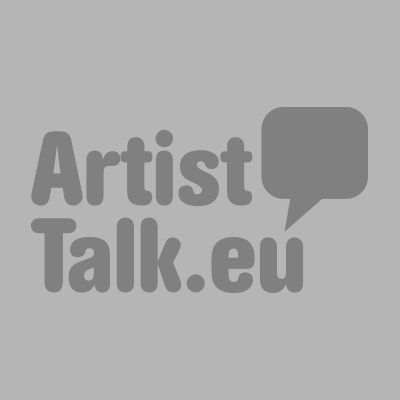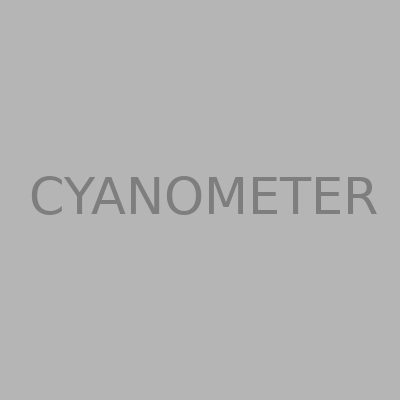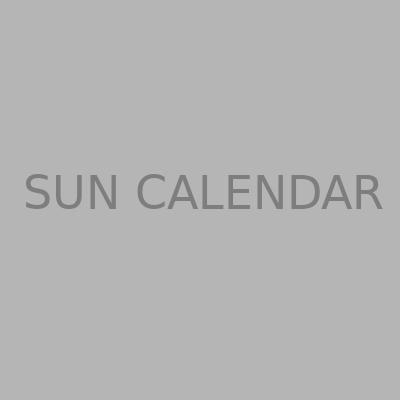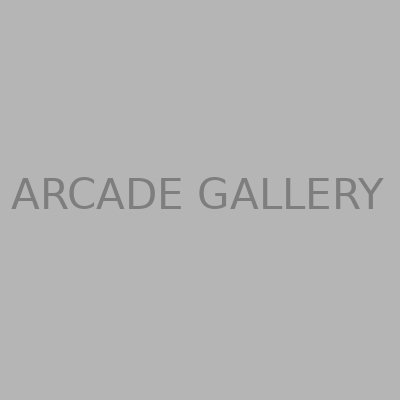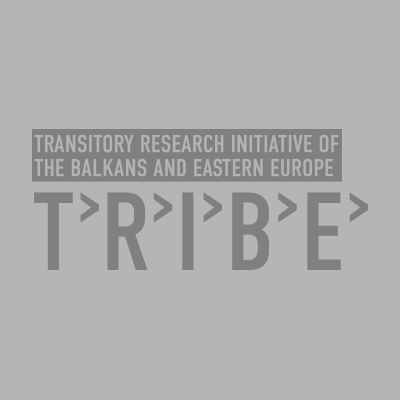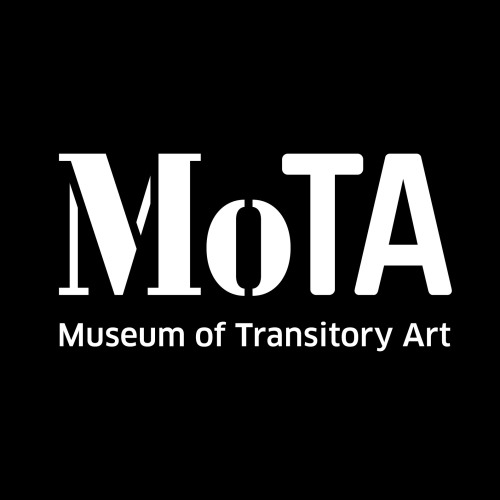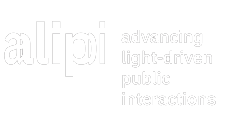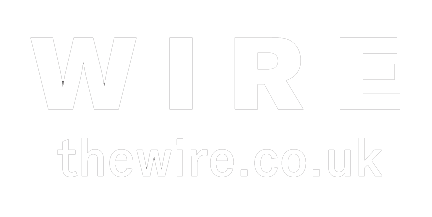SHAPE+
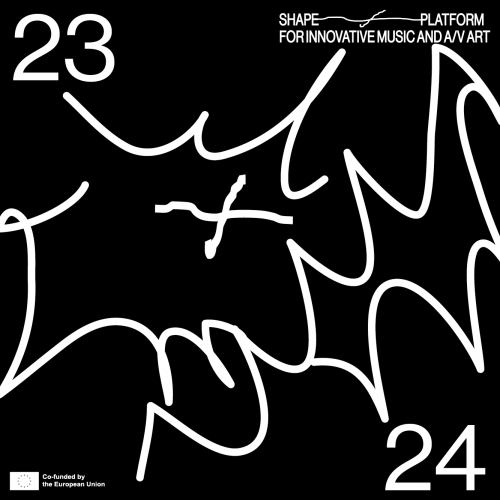
New European platform for innovative music and audiovisual art co-financed by the Creative Europe programme. Running for the next three years, SHAPE+ will foster exceptional emerging talent, connecting them to local communities and audiences through collaborative residencies with multiple artistic outcomes, commissioned artworks, as well as one-off presentations and performances. Combining an open call and a curatorial selection, the platform members will select a roster of artists to support each year.
NEMO – The Network of European Museum Organisations
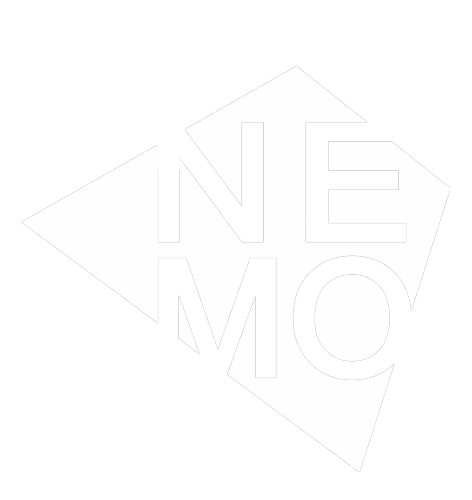
The Network of European Museum Organisations (NEMO) was founded in 1992 as an independent network of national museum organisations representing the museum community of the member states of the Council of Europe. Together, NEMO’s members speak for over 30.000 museums across Europe. NEMO ensures museums are an integral part of European life by promoting their work and value to policy makers and by providing museums with information, networking and opportunities for co-operation.
ICAS – International Cities of Advanced Sound
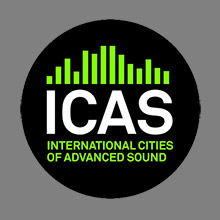
ICAS (International Cities of Advanced Sound and related arts) is a network of independent non-profit organizations worldwide dedicated to advancing sound cultures, music and related arts.
Alpha-ville – London, Cimatics – Brussels, Communikey – Boulder, CTM Festival – Berlin, CYNETART Festival – Dresden, Decibel Festival – Seattle, Dis-Patch – Belgrade, Dis-Play – Palmas de Gran Canaria, Sonica Festival / MoTA – Ljubljana, Full Pull – Mälmo, FutureEverything – Manchester, Insomnia Festival – Tromsø, ISSUE Project Room – New York City, Les Siestes Electroniques – Toulouse, Maintenant – Rennes, Musikprotokoll – Graz, MUTEK ES – Barcelona, MUTEK – Montréal, MUTEK MX – Mexico City, MUTEK CL – Santiago, MUTEK AR – Buenos Aires, New Forms Festival – Vancouver, NuMusic / NuArt – Stavanger, Recombinant Media Labs – San Francisco, RIAM – Marseille, Rokolectiv – Bucharest, Skanu Mezs – Riga, Sperm – Prague, The Bunker – New York City, TodaysArt – The Hague, Ultrahang – Budapest, Unsound – Krakow, VIA – Pittsburgh

